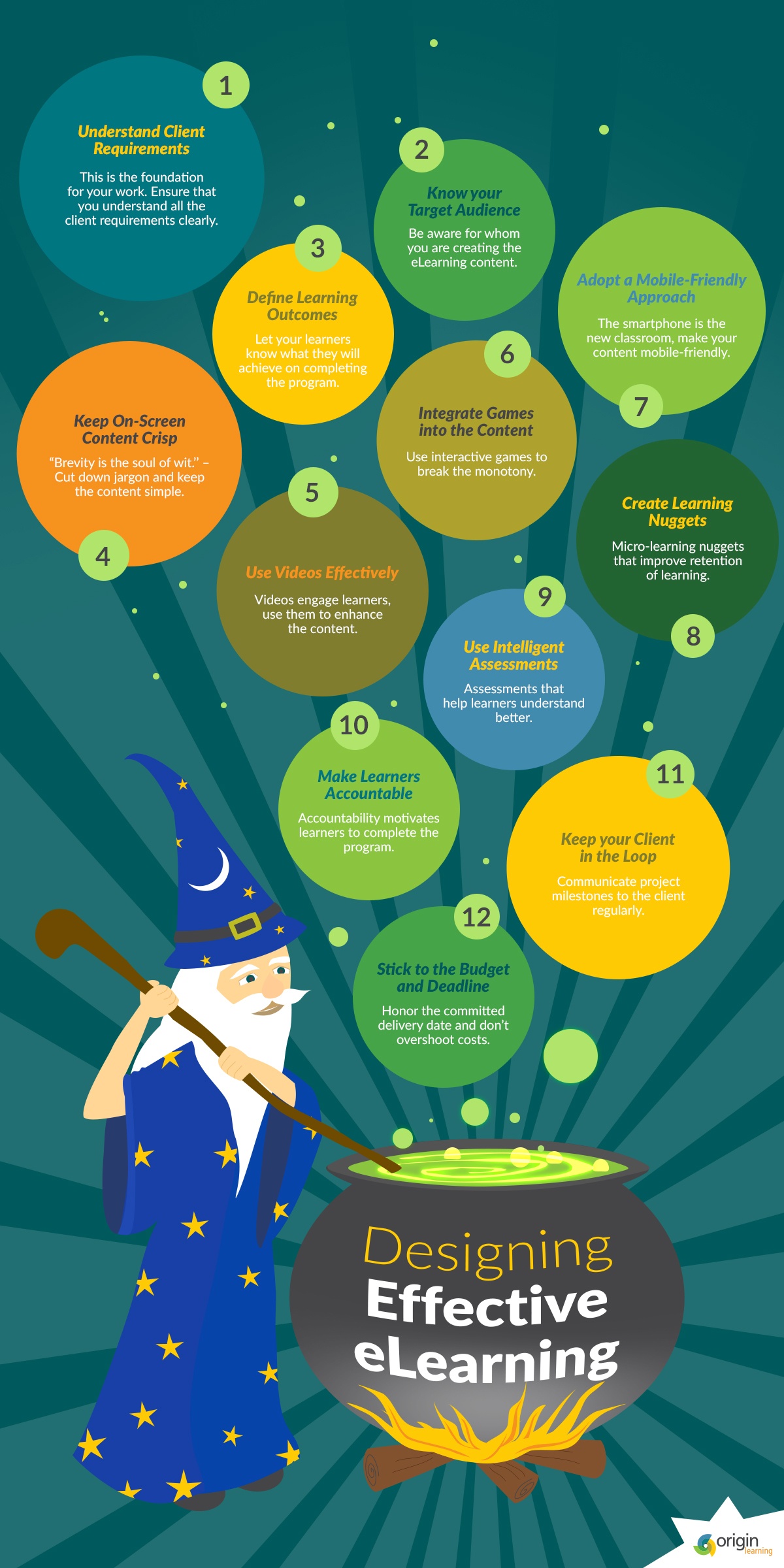15 Tertiary Beneficiaries Catalyzing: The Must-Have
The concept of tertiary beneficiaries has been gaining significant attention in recent years, particularly in the context of technological advancements and innovative business models. Tertiary beneficiaries refer to individuals or groups who benefit indirectly from a particular action, policy, or technology. In this article, we will delve into the world of 15 tertiary beneficiaries catalyzing, exploring their role, impact, and significance in various sectors. We will also examine the current industry data, technical specifications, and performance analysis to provide a comprehensive understanding of this phenomenon.
Introduction to Tertiary Beneficiaries
Tertiary beneficiaries are often overlooked in favor of primary and secondary beneficiaries, who are directly involved in a transaction or process. However, the impact of tertiary beneficiaries can be substantial, leading to significant changes in industries, economies, and societies. Understanding the role of tertiary beneficiaries is crucial for businesses, policymakers, and individuals seeking to create positive change and capitalize on emerging opportunities. The concept of tertiary beneficiaries is closely related to the idea of indirect benefits, which can arise from various sources, including technological innovations, changes in consumer behavior, and shifts in market trends.
Characteristics of Tertiary Beneficiaries
Tertiary beneficiaries often possess certain characteristics that distinguish them from primary and secondary beneficiaries. These characteristics include indirect involvement, latent benefits, and emergent properties. Indirect involvement refers to the fact that tertiary beneficiaries are not directly participating in a transaction or process. Latent benefits indicate that the benefits accrued by tertiary beneficiaries may not be immediately apparent. Emergent properties suggest that the benefits of tertiary beneficiaries can arise from complex interactions and relationships between different components or systems.
| Characteristic | Description |
|---|---|
| Indirect Involvement | Tertiary beneficiaries are not directly participating in a transaction or process |
| Latent Benefits | The benefits accrued by tertiary beneficiaries may not be immediately apparent |
| Emergent Properties | The benefits of tertiary beneficiaries can arise from complex interactions and relationships between different components or systems |
Applications of Tertiary Beneficiaries
Tertiary beneficiaries can be found in various sectors, including e-commerce, healthcare, and finance. In e-commerce, tertiary beneficiaries may include individuals who benefit from the creation of new job opportunities or the development of new infrastructure. In healthcare, tertiary beneficiaries may include patients who benefit from the development of new treatments or therapies. In finance, tertiary beneficiaries may include investors who benefit from the growth of new markets or industries.
Case Studies
Several case studies demonstrate the impact of tertiary beneficiaries in different contexts. For example, the development of ride-hailing services has created new job opportunities for drivers and has also benefited local businesses, such as restaurants and shops, by increasing foot traffic and demand for their services. Similarly, the development of telemedicine platforms has expanded access to healthcare services for patients in remote or underserved areas, while also benefiting healthcare providers by reducing costs and improving patient outcomes.
- Ride-hailing services: creating new job opportunities and benefiting local businesses
- Telemedicine platforms: expanding access to healthcare services and benefiting healthcare providers
- E-commerce platforms: creating new opportunities for entrepreneurs and small businesses
Technical Specifications and Performance Analysis
The technical specifications and performance analysis of tertiary beneficiaries involve the examination of various metrics, including benefit accrual rates, impact multipliers, and return on investment (ROI). Benefit accrual rates refer to the rate at which benefits are accrued by tertiary beneficiaries. Impact multipliers refer to the magnitude of the impact of tertiary beneficiaries on different stakeholders and systems. ROI refers to the financial return on investment generated by the creation of tertiary beneficiaries.
| Metric | Description |
|---|---|
| Benefit Accrual Rates | The rate at which benefits are accrued by tertiary beneficiaries |
| Impact Multipliers | The magnitude of the impact of tertiary beneficiaries on different stakeholders and systems |
| Return on Investment (ROI) | The financial return on investment generated by the creation of tertiary beneficiaries |
Future Implications and Opportunities
The future implications and opportunities of tertiary beneficiaries are significant, with potential applications in various sectors and industries. The development of new technologies, such as artificial intelligence and blockchain, is likely to create new opportunities for the creation of tertiary beneficiaries. Additionally, the growth of emerging markets and the increasing importance of sustainability and social responsibility are likely to drive the creation of new tertiary beneficiaries.
Challenges and Limitations
Despite the potential benefits of tertiary beneficiaries, there are also challenges and limitations to be considered. These include identification and measurement, valuation and monetization, and regulatory and ethical considerations. The identification and measurement of tertiary beneficiaries can be complex and require sophisticated analytics and modeling techniques. The valuation and monetization of tertiary beneficiaries can be challenging, particularly in cases where the benefits are intangible or difficult to quantify. Regulatory and ethical considerations, such as issues related to privacy, security, and fairness, must also be carefully considered.
- Identification and measurement: complex and require sophisticated analytics and modeling techniques
- Valuation and monetization: challenging, particularly in cases where the benefits are intangible or difficult to quantify
- Regulatory and ethical considerations: issues related to privacy, security, and fairness must be carefully considered
What are tertiary beneficiaries?
+Tertiary beneficiaries refer to individuals or groups who benefit indirectly from a particular action, policy, or technology.
How can tertiary beneficiaries be identified and measured?
+The identification and measurement of tertiary beneficiaries can be complex and require sophisticated analytics and modeling techniques, including the use of data analytics, machine learning, and simulation modeling.
What are the potential benefits of tertiary beneficiaries?
+The potential benefits of tertiary beneficiaries include the creation of new job opportunities, the development of new infrastructure, and the expansion of access to goods and services, particularly in underserved or remote areas.
